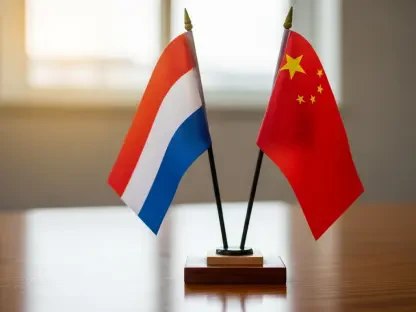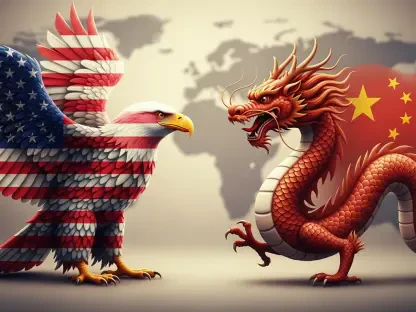The recent conflicts between the Trump administration and Harvard University have brought attention to a deep-rooted issue, raising concerns about the future of academic freedom in U.S. universities. The significant relationship between governmental bodies and research universities has been fundamental to advancements in technology, science, and national security since World War II. The implications of current policies are becoming a focal point for stakeholders across academia and society.
Historical Context and Background
The partnership between the U.S. government and American universities began during World War II when institutions like MIT played a crucial role in projects critical to national defense, including radar development. Post-war, this relationship evolved to support a broader range of scientific research, driven by figures like Vannevar Bush who emphasized ongoing government investment for national security and economic growth.
Throughout the Cold War, federal support for university research surged, catalyzed by events like the launch of Sputnik by the Soviet Union. This period saw universities becoming pivotal in scientific innovation, with substantial government funding directed toward research endeavors.
Current Policies and Measures
Under Trump’s administration, policies impacting university funding and administration have stirred controversy. A notable instance includes freezing over $2 billion in grants and contracts directed at Harvard following their refusal to restrict campus activism. The administration’s approach seeks to intertwine political ideology with research funding, deviating from earlier practices of non-interference.
The rationale behind these policies is argued to align with preserving national interests and ensuring that universities remain accountable to broader societal norms. However, this has led to tensions regarding university autonomy and open scientific inquiry.
Research Methodology, Findings, and Implications
Methodology
To evaluate the impact of Trump’s policies on academic freedom, a mixed-method approach was utilized. This included qualitative interviews with university administrators and quantitative analysis of funding patterns across major institutions. Data sources encompassed federal funding records, university financial reports, and policy documents from government agencies.
Findings
The research indicated significant shifts in funding allocation, with prominent universities like Johns Hopkins losing critical support following policy changes. Harvard saw substantial disruptions in research programs due to frozen grants, directly affecting scientific projects and academic discourse. These funding cuts correlated with administrative compliance pressures on ideological grounds, marking a departure from traditional funding practices.
Implications
The findings suggest a potential erosion of academic freedom as universities adapt to policy pressures, risking the autonomy needed for independent research. This could stifle innovation and compromise the quality of scientific output. Such dynamics may lead to broader societal impacts, where research capabilities and technological advancements are hindered by political interference.
Reflection and Future Directions
Reflection
Reviewing the effects of the Trump administration’s policies revealed challenges in maintaining the integrity of academic research amidst political pressures. The analysis highlighted an undercurrent of fear within institutions, prompting cautious administrative behaviors that may further entrench ideological conformity over scholarly independence.
Future Directions
Identifying gaps in existing research, future studies should focus on long-term impacts of these policies on research quality and global scientific standing. Investigations could explore alternative funding models that reinforce university autonomy while ensuring accountability. Further, examining the international response to U.S. policy trends could offer comparative insights into safeguarding academic freedom.
Conclusion
The enduring collaboration between the U.S. government and American universities has spurred technological and scientific excellence for decades. However, recent policy shifts under the Trump administration have cast shadows on this partnership. The imposition of ideological constraints through financial leverage threatens the essence of academic freedom, potentially stalling innovative progress. The imperative now lies in pursuing strategies that balance governmental interests and university independence, ensuring that academic discourse and scientific inquiry continue to flourish unimpeded by political mandates. Future discourse must center on sustaining this delicate equilibrium to maintain the global leadership of American research institutions.









